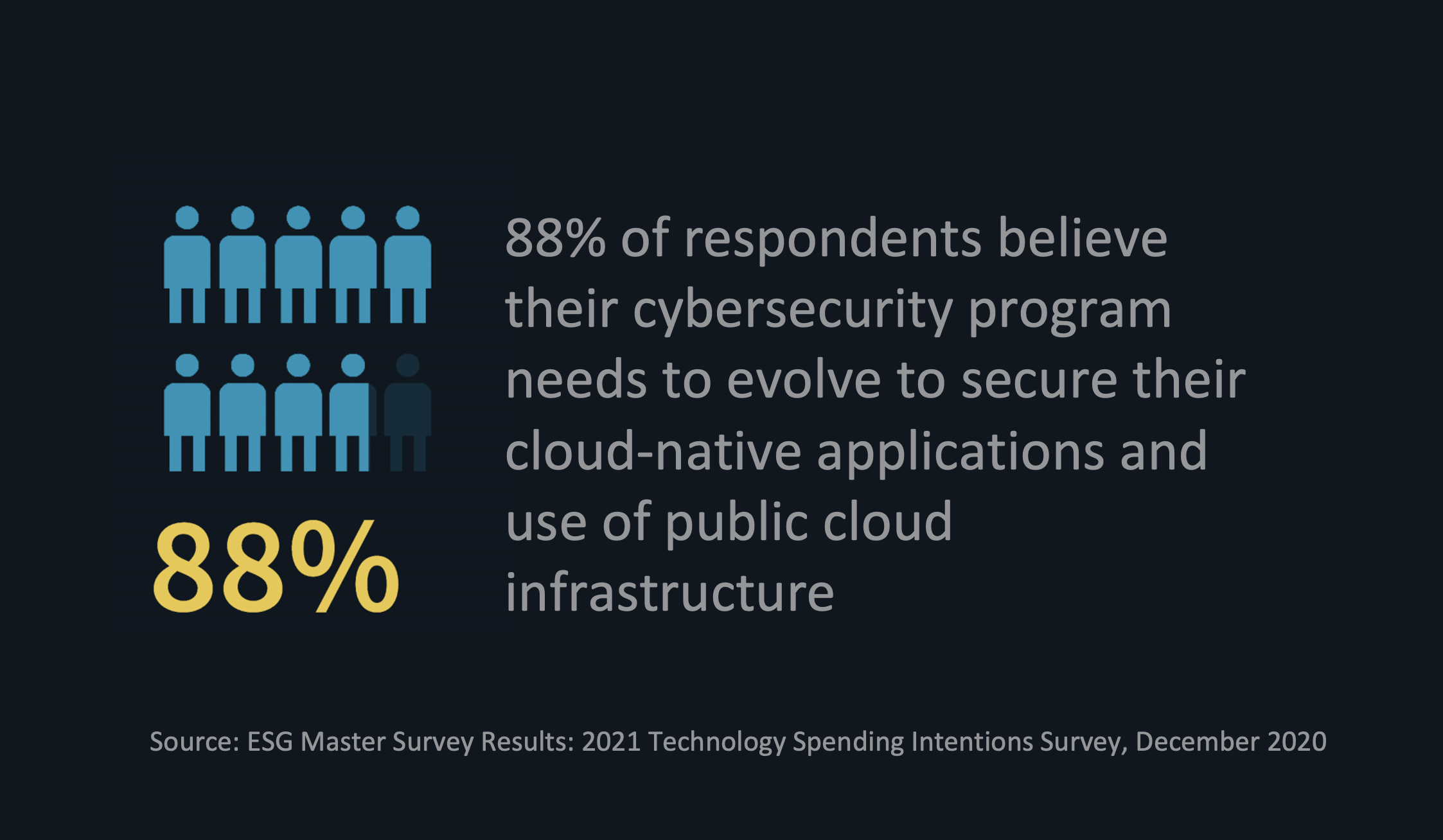 There’s something so convenient about USPS Priority Mail. There are a few standard box sizes to choose from and each of them has a set fee, no matter what you put in the box. There’s no guessing as to how much the package will cost to ship, regardless of how much it weighs and how far it’s going, and your package gets to its destination in 1-3 business days, much faster than if you were to ship it normally. Many organizations are adopting container technology for similar reasons that we use USPS Priority Mail. Standardization makes operations easier for most, and improves speed and agility.
There’s something so convenient about USPS Priority Mail. There are a few standard box sizes to choose from and each of them has a set fee, no matter what you put in the box. There’s no guessing as to how much the package will cost to ship, regardless of how much it weighs and how far it’s going, and your package gets to its destination in 1-3 business days, much faster than if you were to ship it normally. Many organizations are adopting container technology for similar reasons that we use USPS Priority Mail. Standardization makes operations easier for most, and improves speed and agility.
Containers are units of software that are packaged up to easily run on a variety of computing environments. They are already widely adopted, yet still growing. Enterprise Strategy Group asked organizations what percentage of production applications/workloads run on each server type (e.g. containers, virtual machines, bare metal), regardless of where they operate. Respondents noted that today, 27% of applications/workloads are running on containers, but they predicted that in 24 months that number will increase to 39%[1]. For organizations on the path to digital transformation, container technology offers increased speed and agility for IT teams (e.g. DevOps and developers) when developing, deploying, and servicing applications. 34% of surveyed organizations say that the majority of their application development teams are currently building, or planning to build, applications that utilize microservices architectures (using containers) in the next 12 months[2].
With this adoption momentum comes a need for people to protect, optimize, secure, service, and manage container technology. Unfortunately, organizations aren’t always fully staffed to do so. For the 53% of respondents of an ESG research study who reported having a skill shortage in cloud and IT architecture in their organizations,[3] and the 77% of organizations that didn’t feel as though they had all the skills necessary when it comes to container backup and recovery requirements,[4] consuming containers as-a-service (CaaS) may alleviate some pressure and risk when it comes to container management. Adopting a flexible consumption model gives time and resources back to IT teams and helps them to focus on what is most important.
A growing number of organizations are using containerization and microservices to make their IT operations teams and developers more agile to develop, maintain, and support applications more easily and at scale, as a part of their digital transformation journeys. While this adoption can be game-changing for organizations, the process to research and find the right solution provider can be daunting. The ESG Validation Team can’t contain its excitement for containers and has validated several container-related solutions, testing them and helping prospective customers to better understand their value propositions. To learn more about these solutions, check out these Technical Validations and Reviews: Google Cloud for Gaming, Google Cloud for E-commerce, RedHat Openshift Container Storage, StormForge.
[1] ESG Research Report, Data Protection Trends and Strategies for Containers, December 2020.
[2] ESG Research Report, Securing Modern Application Development Environments, December 2020.
[3] ESG Research Report, 2021 Technology Spending Intentions Survey, January 2021.
[4] Master Survey Results: Data Protection Considerations for Containers Dec 21, 2020

 I’ve always made it a priority to choose roles where I can make the biggest impact, and where I can learn and grow. It hasn’t been a clear path (as Sheryl Sandberg would say, it’s not a ladder, it’s a jungle gym), but I can confidently say it’s led me to fulfilling roles.
I’ve always made it a priority to choose roles where I can make the biggest impact, and where I can learn and grow. It hasn’t been a clear path (as Sheryl Sandberg would say, it’s not a ladder, it’s a jungle gym), but I can confidently say it’s led me to fulfilling roles. You know those people who seem to have more than 24 hours in a day? They simultaneously balance work, hobbies, family, friends, and health (somehow). These “super humans” do it all. And although those aspects of life are separate entities, they still affect one another and must be managed concurrently. A desire to continuously “do more” creates challenges in our lives – it adds complexity and requires us to find new ways to become more efficient. Similarly, IT teams are tasked with doing more with the limited resources and budget they are provided – all in a world in which IT environments are becoming more and more complex. Organizations strive to increase operational efficiency and speed while minimizing costs and downtime; but this is no easy feat.
You know those people who seem to have more than 24 hours in a day? They simultaneously balance work, hobbies, family, friends, and health (somehow). These “super humans” do it all. And although those aspects of life are separate entities, they still affect one another and must be managed concurrently. A desire to continuously “do more” creates challenges in our lives – it adds complexity and requires us to find new ways to become more efficient. Similarly, IT teams are tasked with doing more with the limited resources and budget they are provided – all in a world in which IT environments are becoming more and more complex. Organizations strive to increase operational efficiency and speed while minimizing costs and downtime; but this is no easy feat.